The Persona series really rose to prominence with the release of Persona 3, and has since spawned a whole bunch of spin-offs and follow-ups that zero in on the development of each game’s cast. With that in mind, it’s time to rank all of the Persona games from worst to best.
10. Persona 3 Dancing in Moonlight and Persona 5 Dancing in Starlight
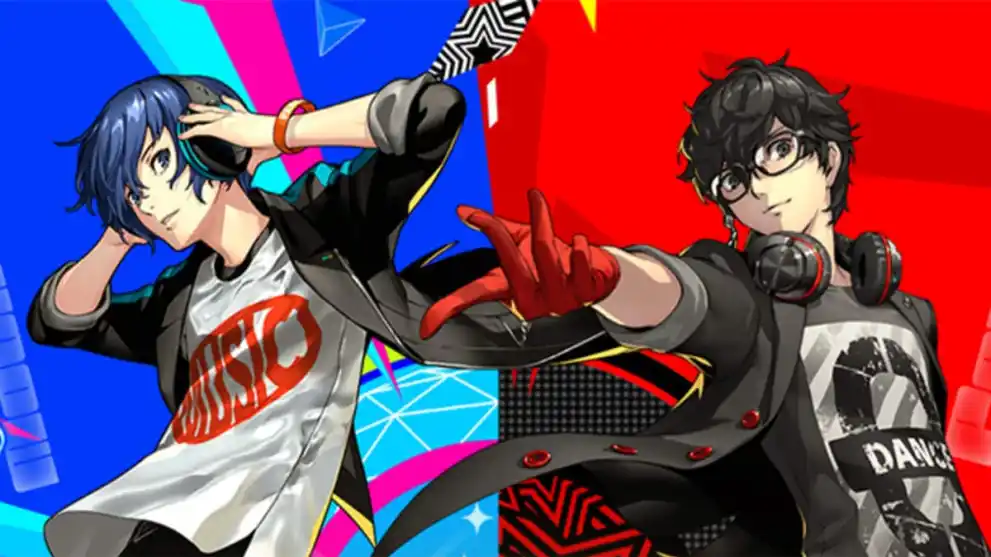
After the success of Persona 4 Dancing All Night, Atlus release two more rhythm games for Persona 3 and 5, but they definitely weren’t as impressive as their predecessor. Whereas P4DAN actually had a story worth telling, Star Night and Moon Night were more focused on the music remixes and the rhythm gameplay itself. Which is fine, except that’s not really why you play a Persona game these days.
9. Persona 4 Arena
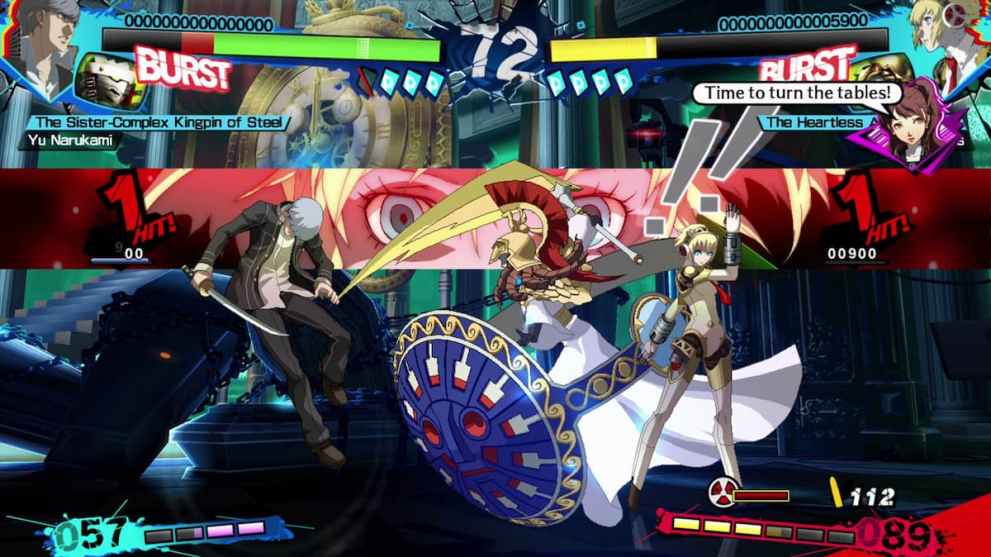
The idea of a Persona fighting game was exciting, but unfortunately, Persona 4 Arena just wasn’t that great or outstanding by the standards of the Persona series. Bringing the cast of Persona 3 and 4 together was cool, but the game seemed to reuse many conflicts and themes that had already been explored in previous games. For example, bringing out the Shadow versions of the Persona 4 cast shouldn’t have had as negative an effect on the characters because they had already faced these uglier sides of themselves in the original game.
Not only that, the characters from the Persona 3 cast had been greatly exaggerated for the sake of humor. Akihiko was presented as a hardcore protein junkie, while Mitsuru walked around in a fur coat and sunglasses – we all know that Akihiko loves working out, and that Mitsuru is rich, but these are just small attributes of a larger personality that these characters have, and stylizing them in such a manner did no favors for them at all.
The story in Arena is pretty good, and Labrys was a truly relatable character with a nice development arc. However, the characters from the original cast were weak overall, and it certainly didn’t help that most of the story had to be read from an unappealing wall of text with static background images.
Related: Best Persona 5 Royal PC Mods on The Escapist
8. Persona 4 Arena Ultimax
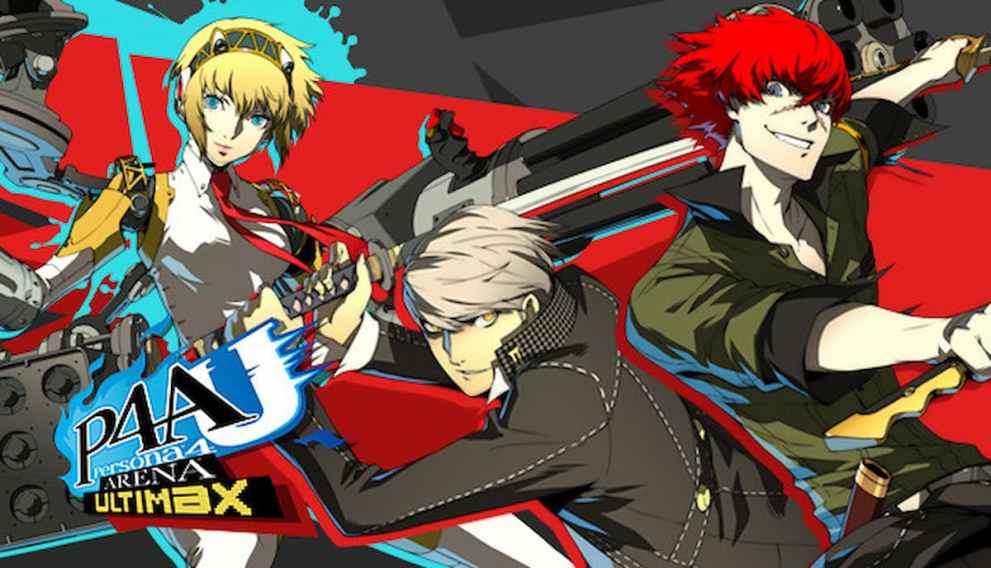
Ultimax is the direct sequel to Persona 4 Arena, and it brings back fan-favorite characters from Persona 3, Junpei Iori and Yukari Takeba. The characters in Ultimax felt just as shallow and weak as they did in Arena, but at least the story got a little better here. Sho Minazuki carries the antagonistic role well in this one, and Ultimax does an acceptable job exploring the themes of facing and accepting one’s self. Compared to the rest of the games in the Persona series, the story in the Arena/Ultimax arc is certainly the weakest, but it still manages to be an enjoyable experience by serving up fun gameplay.
Of course, players will still have to click through countless walls of text to get the full story. So unless you really love reading in your video games, you won’t be missing out on much by giving the Persona fighting games a pass.
7. Shin Megami Tensei: Persona
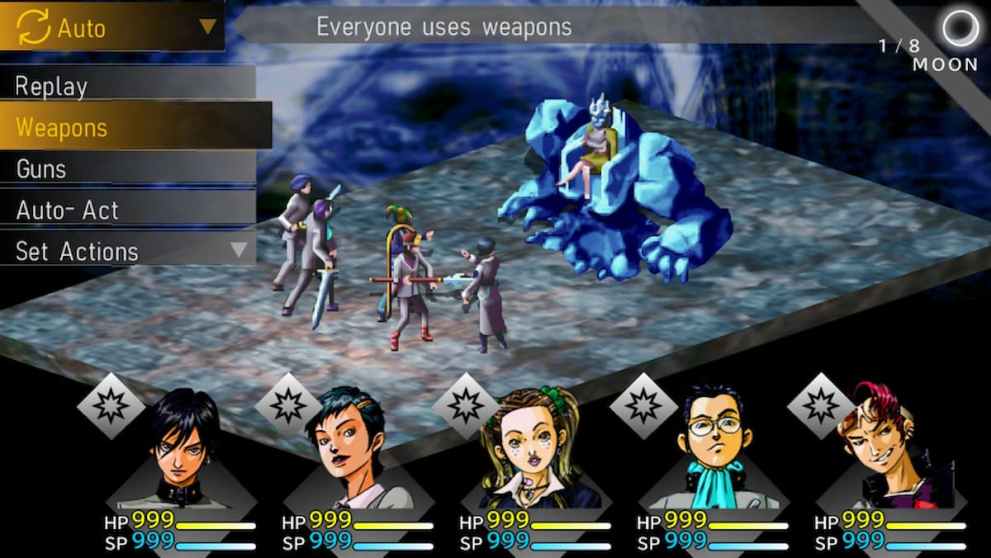
As the first entry in the Persona spinoff series, Shin Megami Tensei: Persona carried over a lot of gameplay and thematic elements from the SMT franchise. Players were able to negotiate with demons, and had to traverse the dungeons in first-person view, classic SMT style.
While the story and the characters weren’t very strong as a whole, Persona was still able to create a dark and creepy environment that excelled at making players feel uncomfortable every step of the way. The main characters that accompanied the protagonist weren’t as innocent and carefree as the ones you’ve become so used to in Persona 4 and, to a lesser extent, Persona 3. These characters were a lot darker, and also seemed much more capable of performing horrendous actions if the need arose.
I’d be remiss not to at least mention the memorable Snow Queen quest here as well. This quest involved the investigation of a mysterious urban legend in the town, and Persona was not afraid to introduce themes like spirit possession, murder, and demonic rituals. Overall, Persona was a pretty clunky game in terms of story and gameplay, but it was excellent at creating a tense atmosphere full of dread and unease.
6. Persona 4 Dancing All Night
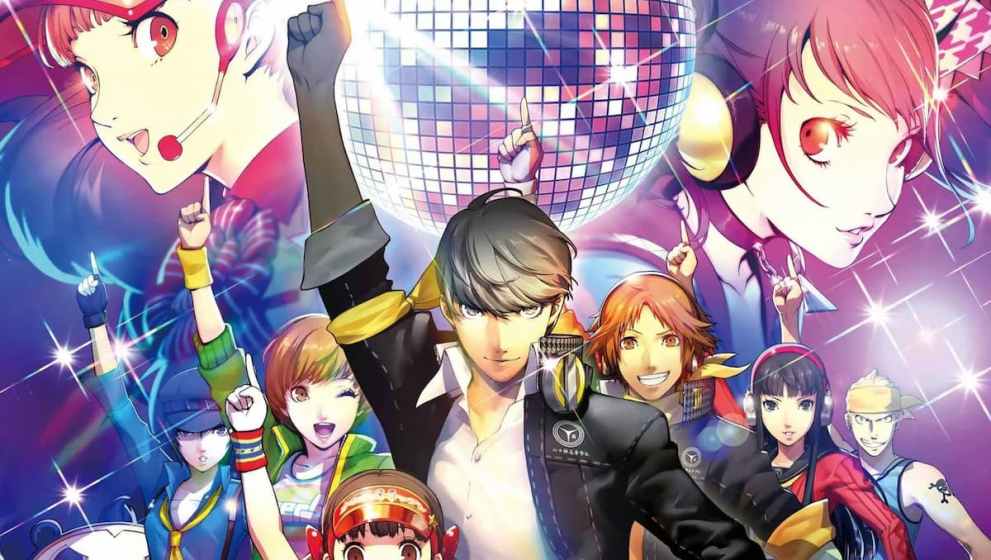
Persona 4 Dancing All Night is the Persona rhythm game we all didn’t know we wanted until Atlus announced it. Not only does it feature highly addictive rhythm gameplay, Dancing All Night also tells a pretty competent story about Japan’s entertainment industry and pop idol culture.
Though the story starts off a little slowly, things quickly pick up when we’re formally introduced to newcomer Kanami Mashita, who was only briefly mentioned in a social link event from Persona 4. Kanami brings some light-hearted freshness to the story, and fits in perfectly well with the original Persona 4 cast. While she may seem like an airhead at first glance, the development of her character arc quickly reveals that there’s so much more to her than meets the eye, and Dancing All Night delivers a story that’s almost darker and more personal than Persona 4.
Dancing All Night is a highly enjoyable series spinoff, and it also serves as a nice sendoff to the P4 cast and its world.
5. Persona Q: Shadow of the Labyrinth
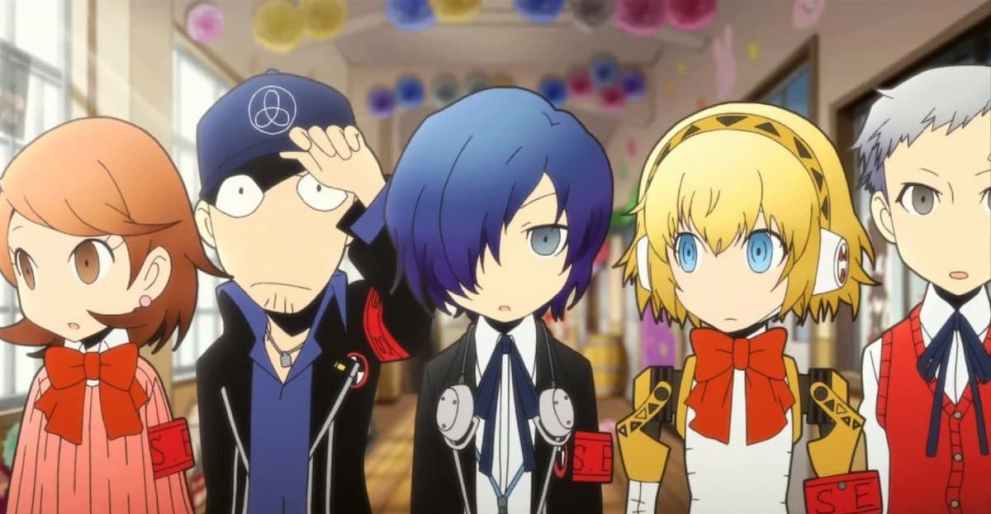
After realizing that bringing together the characters of P3 and P4 in a fighting game with a subpar story wasn’t exactly a big success, Atlus decided to try something a little different. With Persona Q, instead of having the characters evolve and mature in a story that was set after the events of both Persona 3 and 4, they decided to merge the two worlds together in an event that took place in the middle of the timelines for both games. This meant that players would be able to see these two sets of beloved characters interacting with each other, exactly how they were presented in their respective games.
Also, the characters were chibi-fied, which was the best possible thing Atlus could’ve done.
Mixed in with the first-person dungeon-crawling gameplay of the Etrian Odyssey titles, Persona Q was able to deliver a challenging JRPG experience, complete with an interesting story and tons of fun moments between the two casts of characters. Persona Q set out to be a light-hearted fanservicey experience for people who loved Persona 3 and 4, and hey, it did its job perfectly.
4. Persona 2 (Innocent Sin and Eternal Punishment)
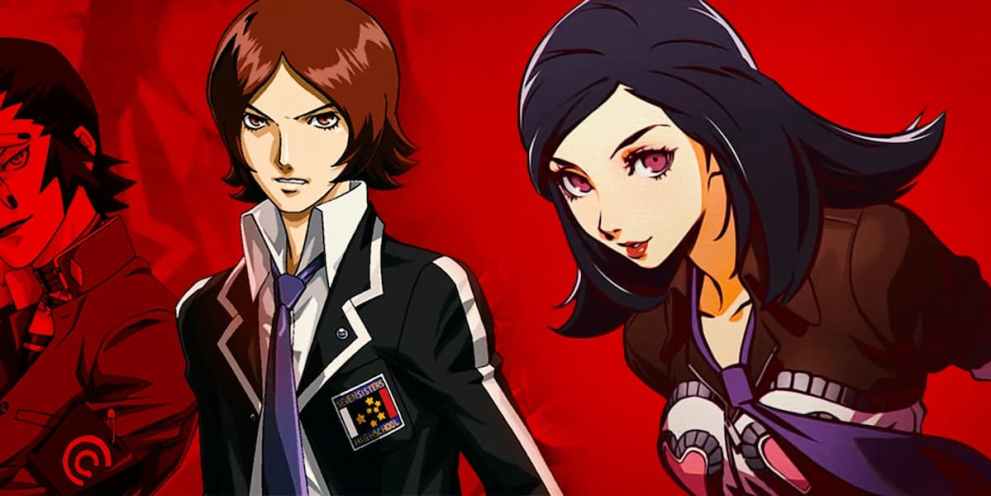
This duology could be described as the darkest game in the series, as it deals with implications of child murder, cult groups, and other religious elements. The game follows the story of high schooler Tatsuya as he and his friends one day find themselves ambushed by a mysterious figure calling himself Joker. Joker attempts to punish this group of students for a sin they can’t remember committing, and they struggle to uncover the mystery of their past after that incident.
Innocent Sin and Eternal Punishment have got a lot of creepy character design, and the story certainly isn’t as light-hearted or fun as the latest two entries in the series. Here’s a story that follows the lives of a group of teenagers with traumatizing pasts, and how they attempt to recover their memories of said past before deciding how to ultimately deal with that revelation. Unlike P3 and P4, Persona 2 doesn’t try to tell a story with a happy ending and, quite simply, it doesn’t really care about the player’s feelings. The game is ruthless in its treatment of its characters, the way it presents its plot, and it’s definitely not for the faint of heart, or those looking for heartwarming experiences like in P3 and P4.
The game also featured a ‘Fuhrer’ boss (he’s basically Hitler), along with controversial elements like the German Nazis as a driving force for the story. Granted, the Persona brand might not have been that popular then, but Persona 2 was pretty much the only entry that took any risks and really pushed the boundaries of the series.
3. Persona 5
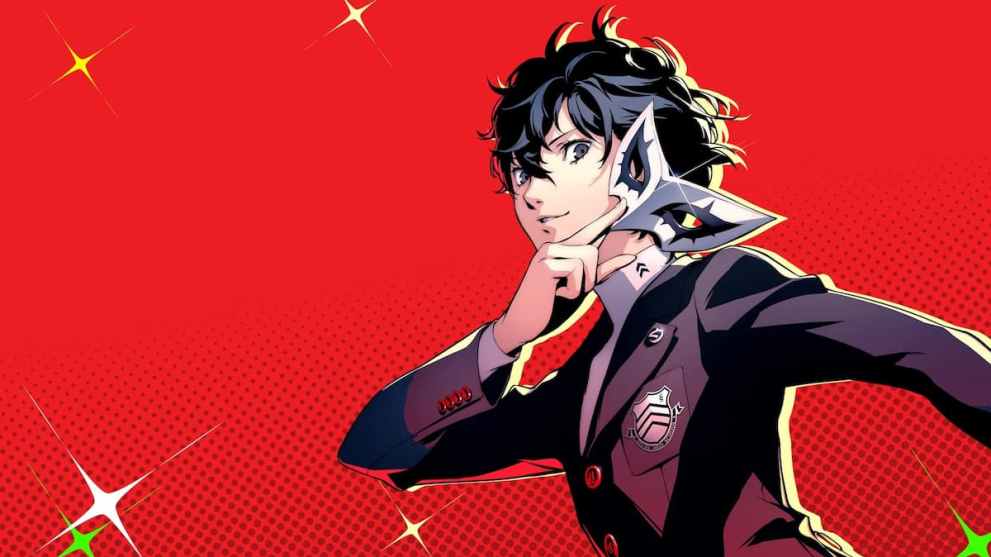
Persona 5 is, without a doubt, the most stylish and best-looking game in the series by far. However, out of the three ‘modern’ Persona games, this one is also the weakest. In terms of mechanics and gameplay, Persona 5 has everything down to a T. The turn-based RPG combat is fun and snappy, and the game also introduces new elements like Nuke and Psy just to shake things up a little bit. The UI and overall presentation simply drips with style and pizzazz, and you wouldn’t be wrong to say that this is the most gorgeous art direction you’ve seen in a game in 2017.
And yet, it feels like a letdown in so many other areas. The core cast of characters feels unbearably weak next to the personalities of Personas 3 and 4, with a few archetypes feeling like they were ripped straight out of the previous games. Aside from Morgana, who is essentially the best video game cat ever, and Futaba to some extent, it was difficult to relate to most of your party members. The Confidants in Persona 5 felt much more grounded and realistic than the party members, which isn’t great, especially since you’re spending most of your time with the latter.
Persona 5’s story also had a lot of promise at the start, but it tended to get repetitive with no real meaningful discussion about its subject matter. A lot of conflicts and arguments boiled down to, “Man, these adults sure are rotten, huh?” And some key parts of the plot even feel like a rehash of Persona 4. Persona 5 might be the best and most polished turn-based RPG we’ve played in 2017, and Royal certainly improved on a lot of aspects, but I just wish its characters and plot received the same amount of love and attention from the devs.
2. Persona 3
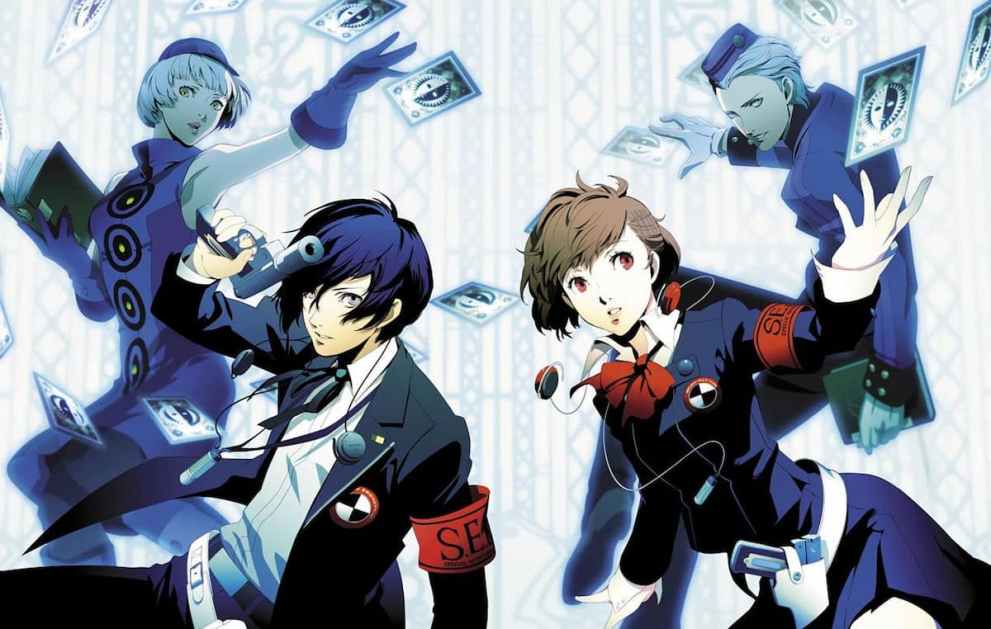
Persona 3 was the game that really brought the series to the limelight – and with good reason, too. While its story was still pretty dark, it was also rather toned down, by Shin Megami Tensei standards. Instead of focusing too much on traditional SMT themes like impending doom, and the battle between law and chaos, P3 took a different approach and placed more emphasis on character development and interpersonal relations between the protagonist and the party members. This resulted in an excellent JRPG with a largely carefree tone where you played a teenage boy going through ordinary high school life while saving the world on the side.
As P3 was the first entry in the series to introduce the social link system, most of the character development arcs felt rocky and even cringe-worthy at times. But that didn’t stop players from having fun with it, and attempting to date as many females as possible without getting caught. P3 knew how to strike a balance between being funny and serious, and it was easy to get attached to most of the characters you met along your journey, thanks to the power of the social links.
Also, that soundtrack though.
1. Persona 4
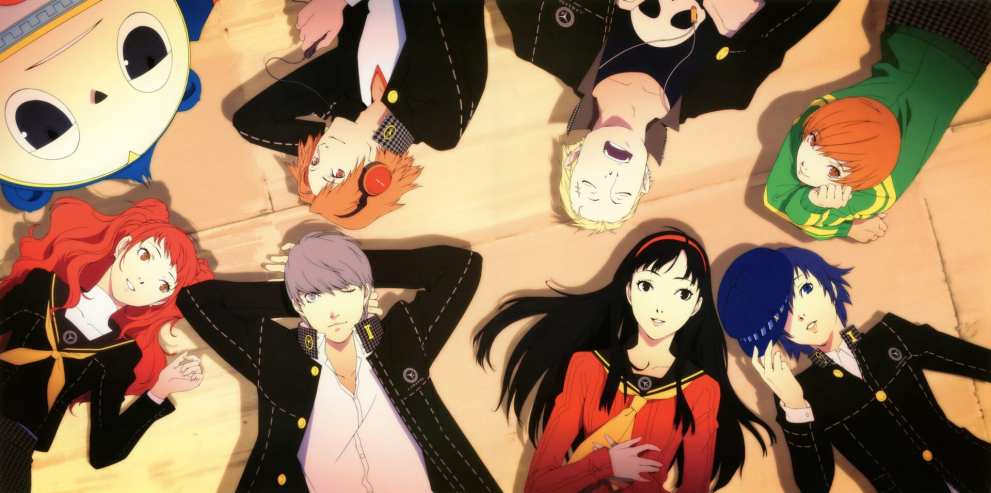
Persona 4 is the series’ biggest departure from the Shin Megami Tensei brand, and also the entry that truly established ‘Persona’ as a proper JRPG franchise on its own. Expanding on the social link system introduced in Persona 3, P4 took notes from the previous entry and really worked on writing full and believable character arcs for all the people you could establish a social link with. While the murder mystery story in P4 was pretty compelling by itself, it was the player’s attachment to all of the individual characters that really made the game shine.
P4 was full of character-driven events, and really focused on the bonds you had with your teammates and the sense of camaraderie it conjured up. Simply put, it’s a game that just makes players feel good about themselves. Not only that, the dungeons had been greatly improved over the ones we got in P3. Each dungeon was themed according to the subject’s personality, and came with its own catchy music too, making it a joy to grind up levels and face off against the mid-level bosses.
Like P3, P4 abandoned the demon negotiation system that made the Shin Megami Tensei games special in the first place. However, it built upon what P3 started and established a separate series identity of its own with the well-written social links and character interaction.

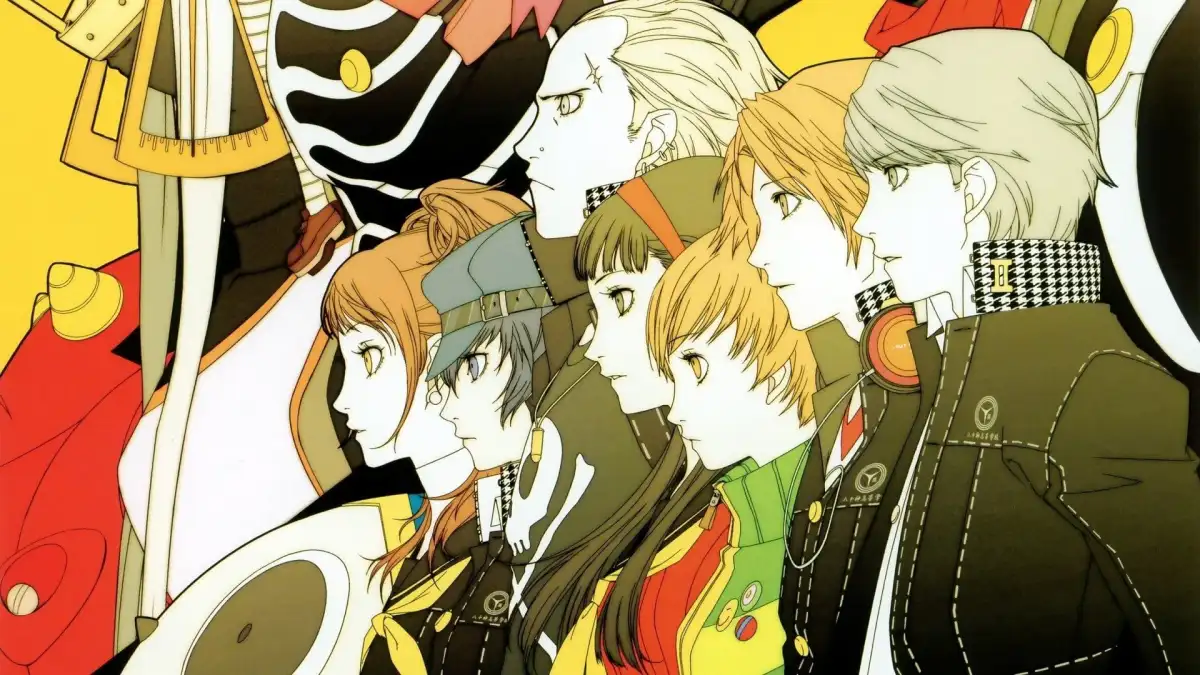


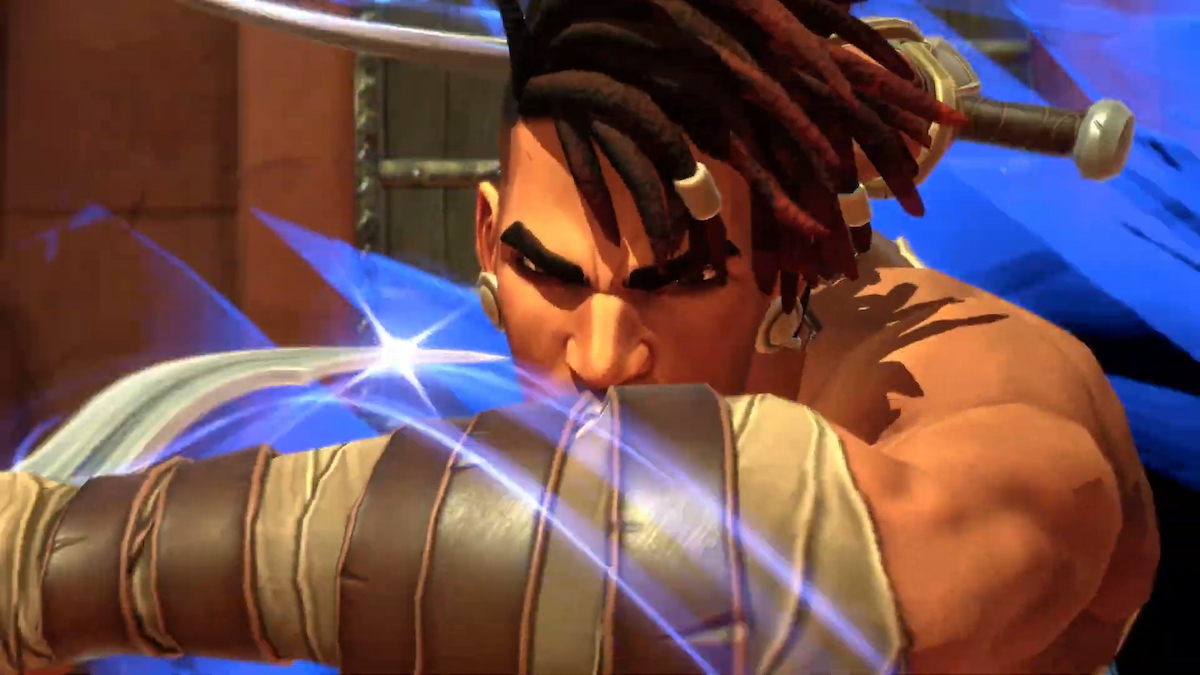
Published: Dec 16, 2022 12:10 am